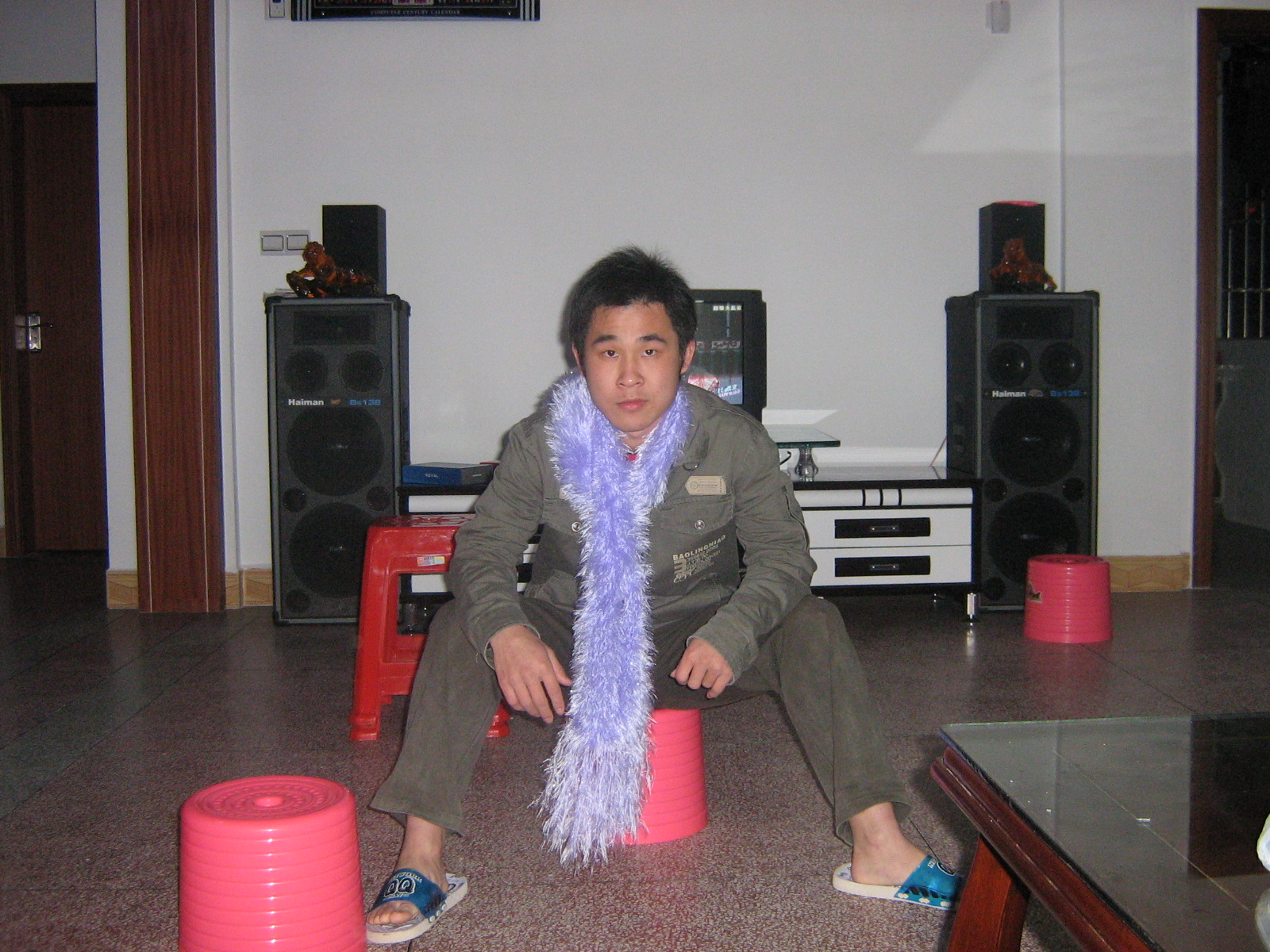Synchronized Swimming
It looks like perhaps the most effortless event in the Olympic Games, but there is more to synchronised swimming than what appears on the surface. Besides demanding strength, endurance, flexibility, grace and artistry, it requires exceptional breath control.
Unusual, but vital, equipment helps the women maintain the illusion of effortlessness, no simple task considering they perform strenuous movements upside down and underwater while holding their breath. A nose clip prevents water from entering the nose, allowing the swimmers to remain underwater for long periods. Gelatine keeps the hair in place. Make-up brings out the features.
Most importantly, an underwater speaker lets the swimmers hear the music clearly while underwater, helping them achieve the split-second timing critical to synchronised swimming.
Originally known as water ballet, synchronised swimming began in Canada in the 1920s. It spread to the United States in the early '30s, where a display at the 1934 Chicago World's Fair drew rave reviews. Its popularity soared further when Esther Williams performed in a string of MGM "aqua musicals" in the 1940s and '50s.
Unusual, but vital, equipment helps the women maintain the illusion of effortlessness, no simple task considering they perform strenuous movements upside down and underwater while holding their breath. A nose clip prevents water from entering the nose, allowing the swimmers to remain underwater for long periods. Gelatine keeps the hair in place. Make-up brings out the features.
Most importantly, an underwater speaker lets the swimmers hear the music clearly while underwater, helping them achieve the split-second timing critical to synchronised swimming.
Originally known as water ballet, synchronised swimming began in Canada in the 1920s. It spread to the United States in the early '30s, where a display at the 1934 Chicago World's Fair drew rave reviews. Its popularity soared further when Esther Williams performed in a string of MGM "aqua musicals" in the 1940s and '50s.

